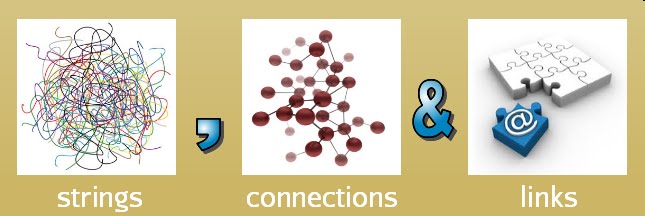Now an MD makes what many might call a rather bold statement that the future may not have any hospitals as we know them today. Yes, that's right. He sees hospitals of the future as procedure and trauma centers. Their use as a checkup and diagnostic centers would largely be relegated to home settings. Diagnostic equipment has gotten more and more compact and inexpensive so it is becoming more and more likely that blood pressure, heart rate, temperature and even oxygen levels and brain functioning can be monitored with portable, monitoring equipment which is hardly as intrusive as a watch or eyeglasses, or even as proximity measuring devices without any contact with your body.
 So Dr. Topol thinks the change of hospitals from wards to procedure centers will be a progressive change over time. And I would agree. Back in the 80's some of us in the IT data center world postulated about this kind of delivery for a number of diagnostic, recovery and long-term monitoring situations now needing hospitals. For many procedures the hospital stays are getting shorter and shorter, knee and hip replacements only recover for about three or four days maximum and full bypass recoveries are getting shorter and shorter with less invasive and traumatic ortho and microscopic procedures.
So Dr. Topol thinks the change of hospitals from wards to procedure centers will be a progressive change over time. And I would agree. Back in the 80's some of us in the IT data center world postulated about this kind of delivery for a number of diagnostic, recovery and long-term monitoring situations now needing hospitals. For many procedures the hospital stays are getting shorter and shorter, knee and hip replacements only recover for about three or four days maximum and full bypass recoveries are getting shorter and shorter with less invasive and traumatic ortho and microscopic procedures.Where does that leave us in the AEC world. Well if you think about in some related terms, the design of buildings are being emulated in a virtual world now. Online there are
design tools which allow you to see what your new sofa or kitchen will look like with different color and style changes immediately. Moving from the preliminary to final design and fabrication stages from online design tools can and is being done now without any paper documents being created at all, even for the contractual side of the service.
So who's to say what could be possible in even three years from now? In some situations, design, fabrication, delivery, assembly and finishout with final startup of a building from the scale of a home to at least small commercial structures could take the same form of delivery as your Barcalounger order on line.
And the long-term monitoring of buildings built with sensors which help regulate interior comfort and utility are getting very inexpensive and easier to connect and implement. Mere $'s a piece, rather than $50 to $100 apiece from a couple of years ago. And using a simple smartphone access method to track and control the performance of your space. Not to mention letting you know when something is not working right and if a repair needs to be done.
So while we might need fewer and fewer large hospital centers, as our buildings we live in augment our lives in ways which increases our personal health. It's not so far fetched to think buildings are going to be much more responsive to our needs,. We already have the technology to do this, all that is missing is the will to implement those technologies in a sound and acceptable manner.
This installment of Strings, Connections and Links looks at the connections and strings of influence between the changing modalities of business delivery in the medical and AEC and AECOFM worlds. It is part of a larger conversation about the Built Environment and changing business in our world.

No comments:
Post a Comment